What if your brand could have a digital version of each customer, capable of predicting what they want before they even say it?
How AI Twins Are Redefining Modern Marketing Strategy.
In an era where consumers expect unique and personalized experiences, marketing is evolving into a new dimension: that of AI Twins or digital twins powered by artificial intelligence. This technology, which seemed like science fiction just a decade ago, is transforming how brands understand, predict, and connect with their customers.
Let’s take a closer look at what AI Twins are, how they work, and why they represent a key opportunity for any company seeking to offer hyper-personalized experiences to their consumers.
What are AI Twins?
AI Twins are intelligent digital representations of people, customers, or business processes. Unlike traditional digital twins that only simulate physical or mechanical structures, AI Twins learn and behave like their human counterpart.
In marketing, this means that an AI Twin can:
Simulate purchasing decisions.
Anticipate real-time preferences.
Generate personalized interactions based on context, emotions, or customer history.
How do they work in marketing?
They combine technologies such as:
Big Data: Used to collect user behavior data (from CRM systems, social media, web activity, etc.).
Machine Learning Models: Analyze behavior patterns and generate predictive profiles.
Intelligent Automation: Key to executing personalized actions without human intervention.
Success Story: NVIDIA and Its Application of AI Twins
A global leader in AI Twin implementation is NVIDIA, the renowned company in graphic processing and artificial intelligence. Through its platform Omniverse, NVIDIA has created an environment where digital twins not only replicate objects or environments but also intelligent behavior of people and complete systems.
What did NVIDIA do?
Developed digital twins of entire factories to simulate and optimize production in partnership with BMW.
Implemented AI Twins that predict failures, recommend decisions, and adjust processes in real time without human involvement.
In marketing, Omniverse allows for the creation of personalized customer simulations and immersive experiences that can be tested, adjusted, and launched based on accurate predictions.
Why is it a benchmark?
Because NVIDIA doesn’t just provide the technology—it uses its own AI Twins to train marketing models, automate its digital operations, and deliver environments that learn from human behavior, all in real time and at a global scale.
This approach not only reduces development costs but also accelerates the creation of highly personalized experiences, proving that AI Twins are not a futuristic vision, but a ready-to-use tool today.
Benefits of Implementation
Scalable hyper-personalization: Each customer can have a unique experience without massive campaigns.
Improved engagement and conversion: By speaking to each user in their “emotional language,” marketing stops being intrusive.
Reduced A/B testing costs: AI Twins predict what will work without the need for lengthy experiments.
Real-time behavior analysis: No need to wait for reports—the AI Twin acts instantly.
Why Are They the Future of Marketing?
AI Twins are not just innovating how experiences are created—they are rewriting the rules of personalized marketing. With this tool, brands don’t just understand customers—they anticipate them. If a brand wants to stay relevant and connected, it’s time to build its own ecosystem of digital twins. Because today’s and tomorrow’s customers don’t just want products—they want experiences tailored to them. And while traditional approaches can’t scale that level of personalization, AI Twins can.
The question is no longer if you should implement this technology—but when.
How HyperReality Applies This Technology
In Guatemala and Miami, HyperReality is already incorporating the use of AI Twins as an innovative solution for brands seeking to transform the consumer experience. Based on intelligent digital representations of real customers, these AI Twins not only collect data but learn from every interaction and behave like their human counterparts. Through advanced algorithms, brands can observe how a specific customer would respond to different advertising stimuli, messages, or environments, enabling more relevant and effective campaigns.
HyperReality takes this technology even further by integrating it with immersive augmented reality environments and 3D effects, allowing users to interact with personalized experiences in real time. For example, an AI Twin can emotionally react within a shopping simulation, enabling companies to predict behaviors and adjust their messaging before launching a campaign. This positions HyperReality as a regional pioneer in the strategic use of artificial intelligence for personalized marketing and the creation of dynamic, human-centered digital experiences.
